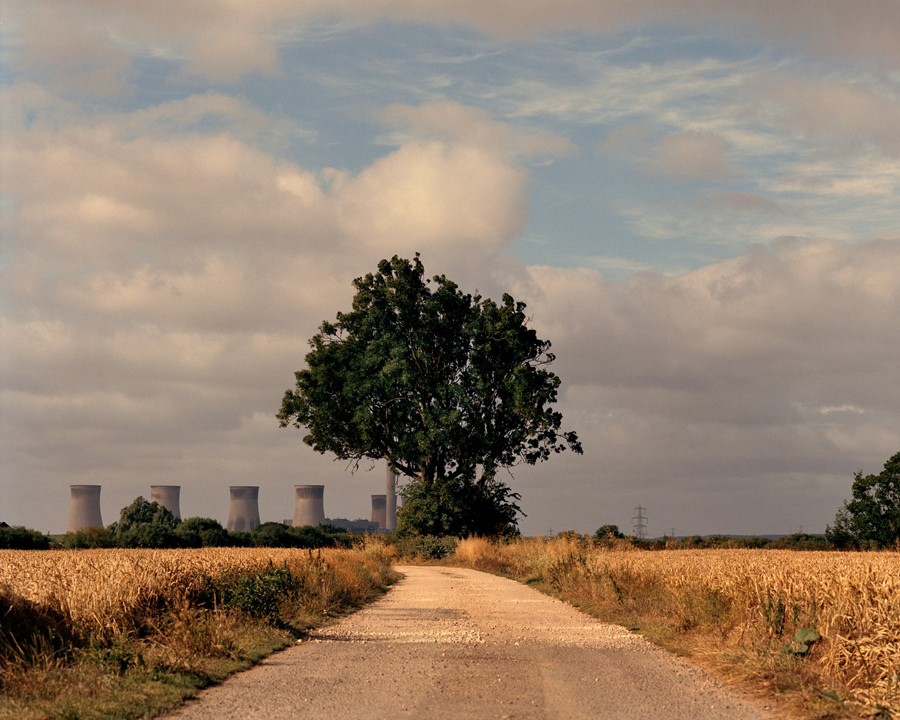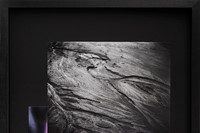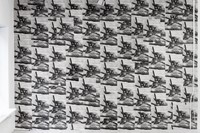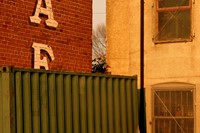“It’s not about the dramatic or the monumental, but the things that move me.” We explore photographer Theo Simpson’s intuitive approach ahead of a new London exhibition
Watching the landscapes in the north of England in counties such as Nottinghamshire and South Yorkshire “change inexorably” over time is what motivated photographer Theo Simpson to embark upon his own investigations into the region and its histories. “There’s something about its familiarity that enables me to engage in such a longstanding and detailed examination of it,” he tells AnOther. Subtly decoding the “plethora of tired, recurring motifs” and mythical themes of landscape and industrial heritage so often associated with the area, Simpson’s work offers subjective, meandering reflections on the place he grew up. He presents elegiac, sublime photographic explorations of vernacular architecture bathed in golden light alongside more austere, typological black and white recordings of forms and structures, and varying materials and objects he’s collected when rifling through archives and local newspapers.
This week, an exhibition of Simpson’s work entitled The Land of the Day Before is set to go on show at London’s Webber Gallery Space. In a further shift towards the tangible, raw industrial materials that are so characteristic of the South Yorkshire region, such as steel, will be drawn out of the images and into the gallery space, as physical sculptures that sit in conversation with other works. Ahead of the opening, Simpson talks to AnOther about seeking symbols, the spirit of the north, and mapping its landscapes through experience and encounter.
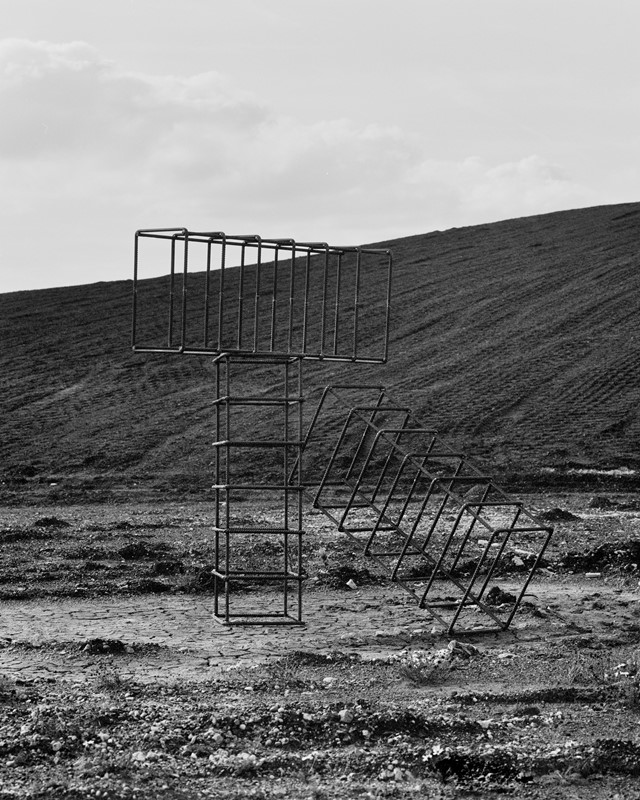
On probing beyond the myth of the industrial North…
“I think that the subsequent reading of some of my work is how it can be associated with broader ideas of ‘the north’, but it actually starts from a much simpler place. It’s about my own experience of the place I live. It’s always felt morally comfortable to explore the landscape I have an absolute connection with, and I’m attempting to do it in a freed kind of way. A constant strategy for this is looking at the symbols that present themselves: a phrase, a headline, an image or a word. These symbols offer a subjective reflection of the people, spirit and history of the region. It’s not about the dramatic or the monumental, but the things that move me; the parts that make up the whole. The fields that have acted as stages for industrial disputes, the resilient vernacular architecture, and the ports, cafés, rivers and streets where the conversations, symbols and stories I encounter lead me.”
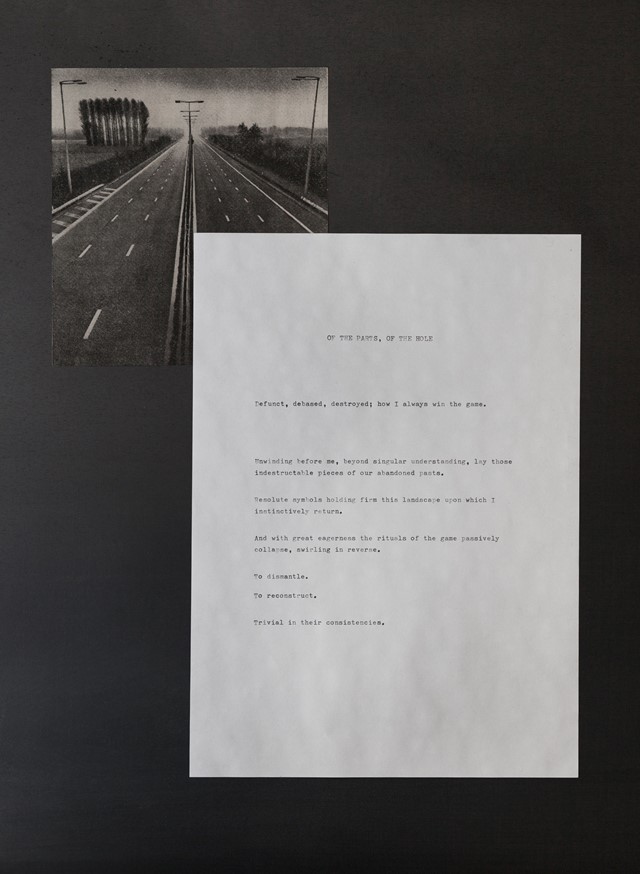
On finding inspiration in archival material…
“A lot of the material I’m exploring or introducing into my work come from varied sources – found, passed on by people I’ve met along the way, archives, microfilm and so on. I’ve been collecting regional and national newspapers for years, especially ones relating to political and industrial events I’ve explored as part of the work. I’m fascinated by this historical context, methods of documentation, the style and nature of reporting and the visual nature of the presentation, but also how this can sit alongside or re-work original material I’m making. To me, archival material acts as a sort of support for the work; the interaction adds a depth of meaning that wouldn’t otherwise be created. At times I use material that’s loud and very obvious, like a newspaper cover with a shocking headline, and at other times it’s something more abstract.”
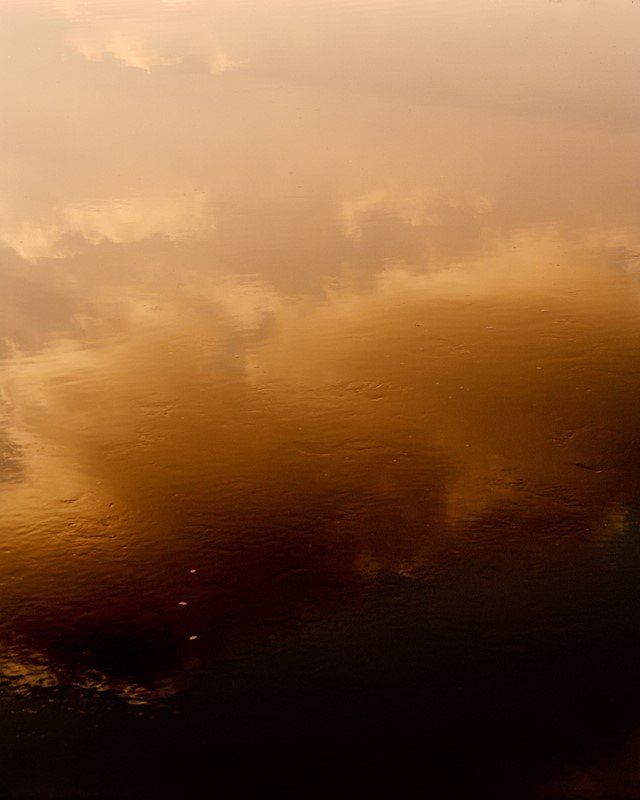
On conveying a feeling through his pictures…
“The photographs I take are part of a mapping of the landscape, which the whole work explores – these subconscious routes and journeys that enable the subsequent exploration. They depict what have almost become landmarks to me, a way of navigating these regions, but they add a certain texture, detail, tone and closeness the other work doesn’t. I guess what these photographs do, in a very simple, very direct way is convey not only aspects of the broader idea but also a feeling, an imaginative capacity, working here, in this way and for this period of time. These interpretations reflect as much a part of the process as the subjects themselves.”
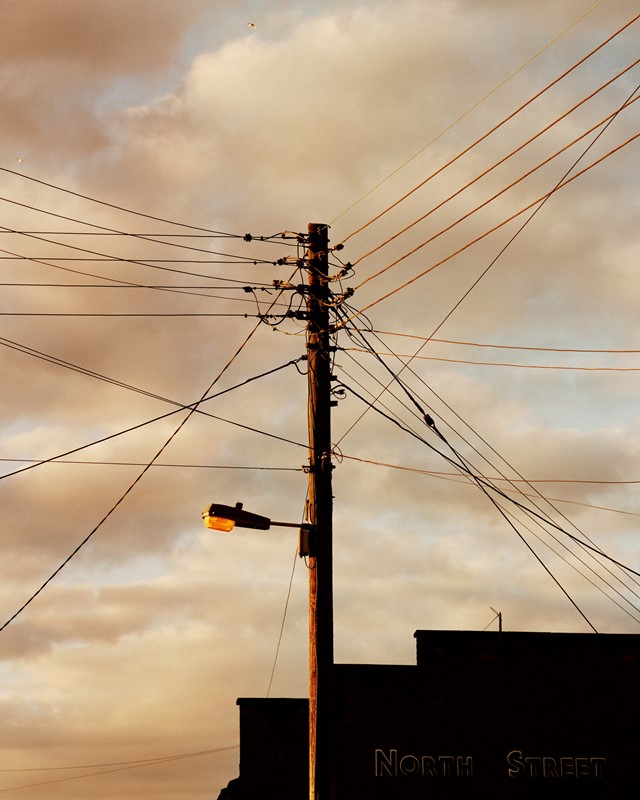
On the whys and wherefores of doing what he does…
“I’m not sure how important any of this really is. I think how it is explored is what I’m really interested in – through time and understanding, to give a more considered reflection. For me it’s all about integrity. This reminds me of some of William Christenberry’s work, and his act of documenting a simple, humble building for decades. The ‘why?’ is so apparent initially, but when seen together in the end, the question vanishes.”
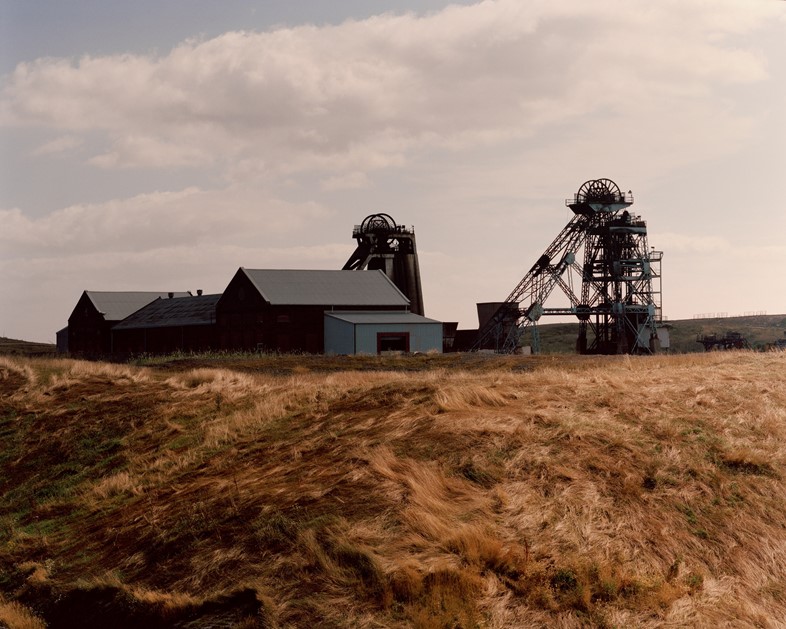
The Land of the Day Before is on display from February 2, 2017 at Webber Gallery Space, London.
